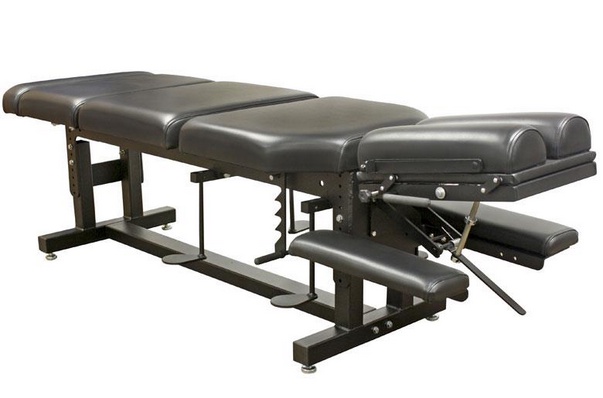Spinal decompression tables are essential equipment for chiropractors and healthcare professionals specializing in spinal care. These specialized tables are designed to provide traction and decompression to the spine, offering relief for patients suffering from various spinal conditions. If you are in the market for a spinal decompression table for sale, this comprehensive guide will help you understand the key factors to consider and make an informed decision.
Understanding Spinal Decompression
Spinal decompression is a non-surgical treatment technique that aims to alleviate pain and discomfort caused by spinal conditions such as herniated discs, degenerative disc disease, and sciatica. It involves gently stretching the spine to relieve pressure and promote healing. Spinal decompression tables are specifically designed to facilitate this process by providing controlled traction and decompression to the spine.
Factors to Consider When Choosing a Spinal Decompression Table
1. Patient Compatibility
One of the primary factors to consider when choosing a spinal decompression table is patient compatibility. Different tables have varying weight and height limits, so it is crucial to ensure that the table can accommodate the range of patients you treat. Consider the maximum weight capacity and adjustability options to ensure optimal patient comfort and safety during treatment.
2. Traction Mechanism
Spinal decompression tables utilize different traction mechanisms, such as motorized or manual systems. Motorized tables offer automated control over the traction force and allow for precise adjustments. On the other hand, manual tables require the chiropractorto manually adjust the traction force. Consider your preferences and the specific needs of your practice when choosing between motorized and manual systems.
3. Treatment Modes
Some spinal decompression tables offer multiple treatment modes, allowing you to customize the treatment based on the patient's condition. These modes may include continuous traction, intermittent traction, or a combination of both. Assess the versatility of the table's treatment modes and ensure they align with your treatment approach and the needs of your patients.
4. Safety Features
Safety should be a top priority when selecting a spinal decompression table. Look for tables that have built-in safety features such as emergency stop buttons, auto-reversal mechanisms, and patient restraints. These features ensure the well-being of your patients and minimize the risk of injury during treatment.
5. Durability and Maintenance
Investing in a high-quality, durable spinal decompression table is essential for long-term use. Consider the materials used in the construction of the table and assess its overall build quality. Additionally, inquire about the maintenance requirements and availability of replacement parts to ensure the table can be easily serviced and repaired if needed.
6. Cost and Warranty
While cost should not be the sole determining factor, it is important to consider your budget when choosing a spinal decompression table. Compare prices from different manufacturers and suppliers, taking into account the features and quality offered. Additionally, inquire about the warranty provided with the table to protect your investment and ensure peace of mind.
Conclusion
Choosing the right spinal decompression table is crucial for chiropractors and healthcare professionals specializing in spinal care. By considering factors such as patient compatibility, traction mechanism, treatment modes, safety features, durability, and cost, you can make an informed decision that aligns with your practice's needs and enhances patient care.
Remember to thoroughly research different manufacturers and suppliers, read customer reviews, and seek recommendations from trusted colleagues. By investing in a high-quality spinal decompression table, you can provide effective and safe treatment to your patients, helping them find relief from spinal conditions and improve their overall well-being.
In conclusion, selecting a spinal decompression table for sale requires careful consideration of various factors. By understanding the importance of patient compatibility, traction mechanism, treatment modes, safety features, durability, and cost, you can make an informed decision that meets the needs of your practice. Prioritize the well-being of your patients and invest in a high-quality table that will support your efforts in providing effective spinal decompression treatments.


No comments yet